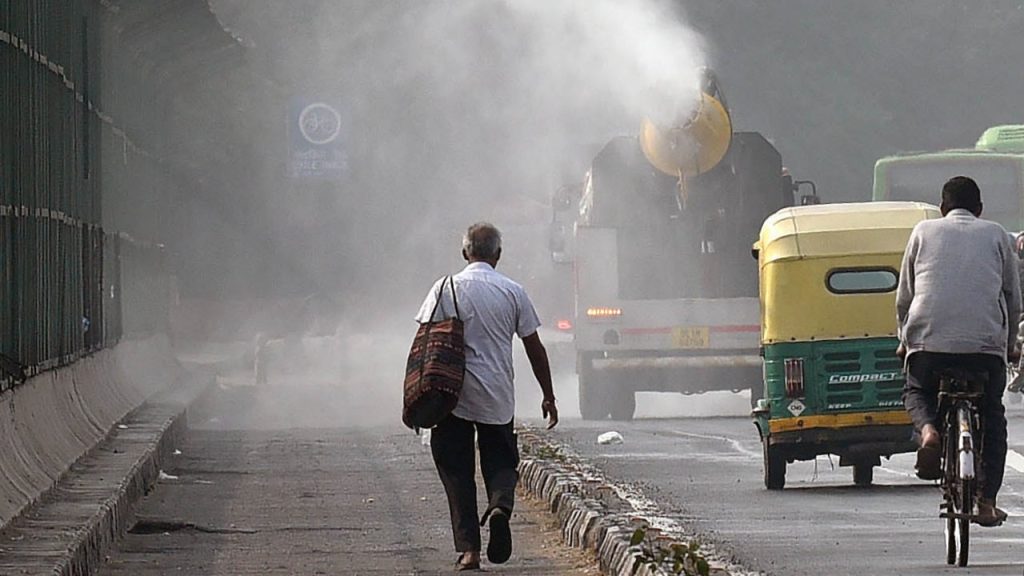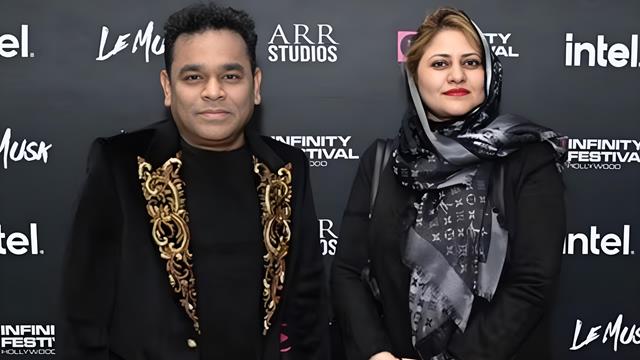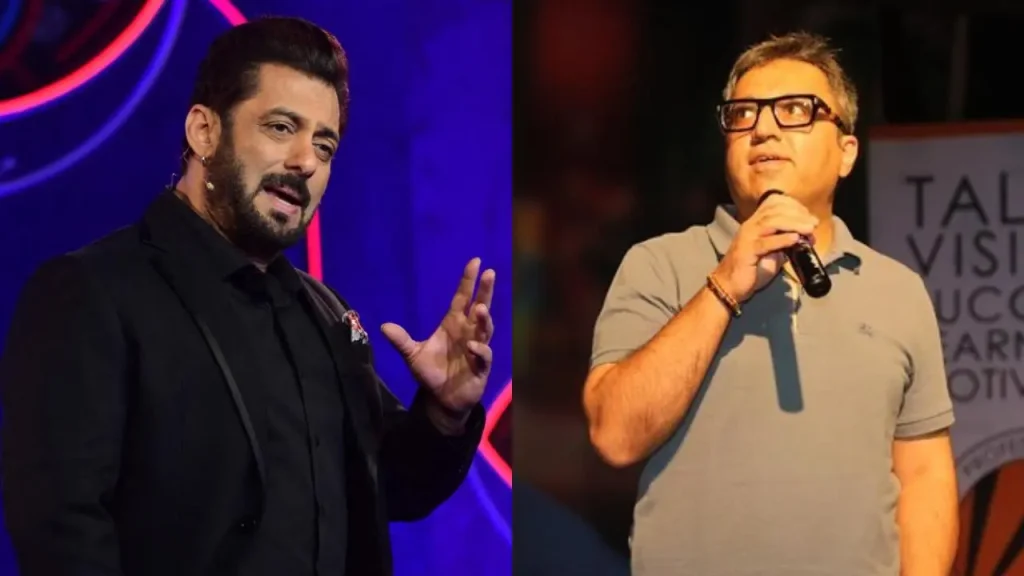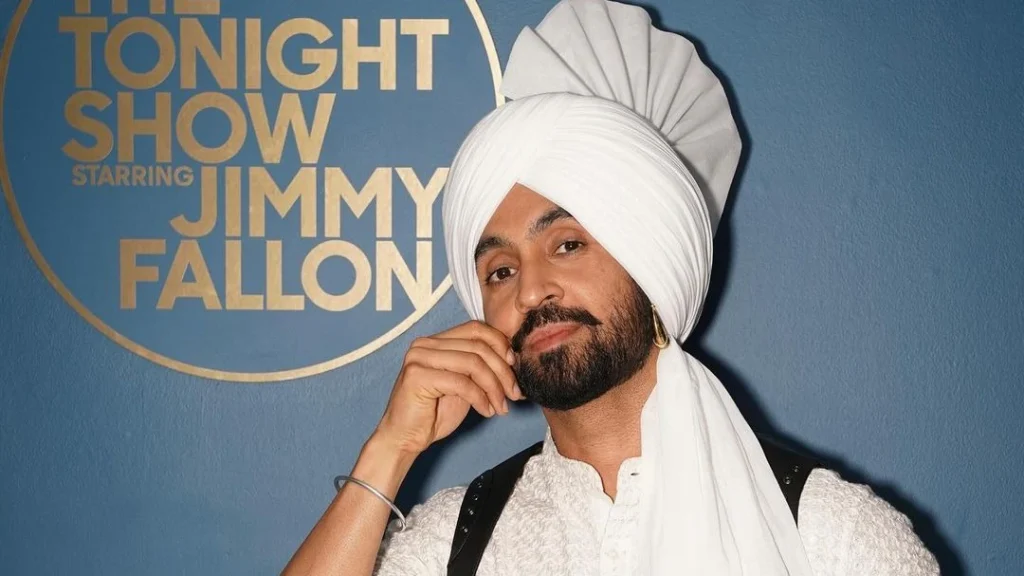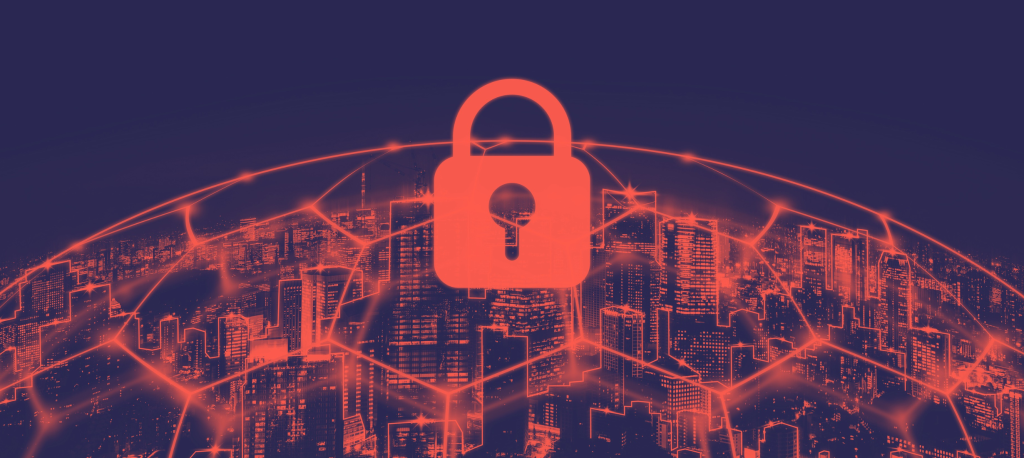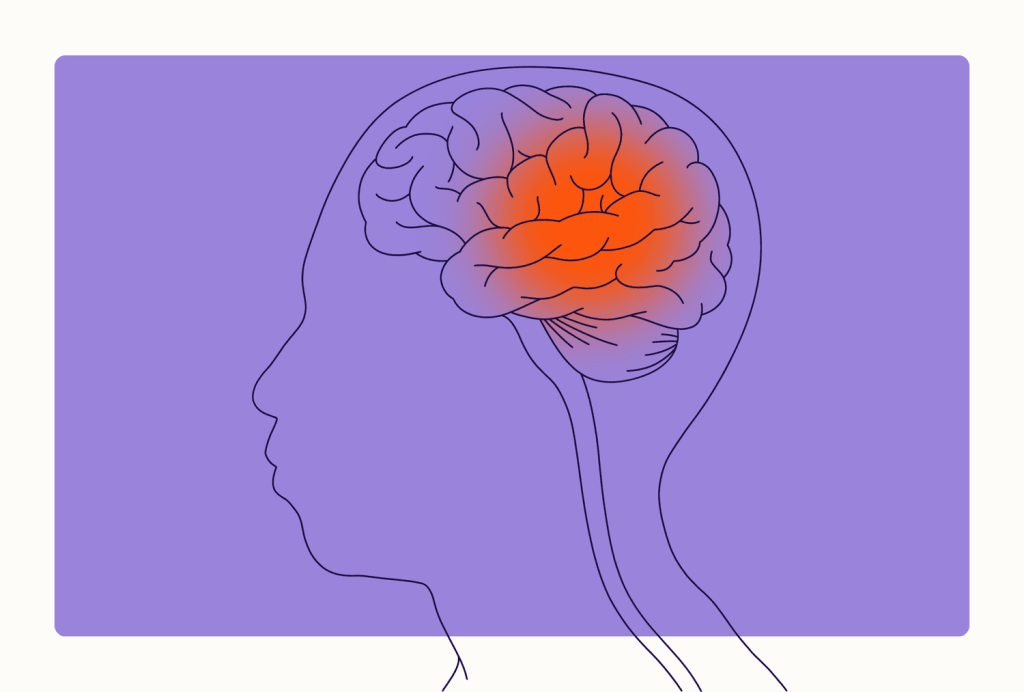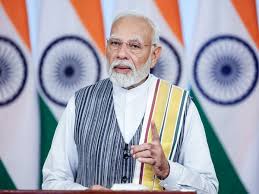Robotic Innovation: PigeonBot II Flies Like a Real Bird Using Genuine Feathers
Introduction: A New Era of Bio-Inspired Flight Technology
Ever wondered how birds manage to fly without the vertical tailfin found on airplanes? This question has puzzled aviation experts for decades. Birds achieve stable flight effortlessly, while modern airplanes rely heavily on tailfins for balance and direction. The aviation industry has been trying to mimic nature’s efficient flying mechanisms, and now, the breakthrough might be here with a Robotic Piegon.
Researchers at the University of Groningen, led by Professor David Lentink, have developed a robotic bird called PigeonBot II, equipped with real pigeon feathers. This fascinating innovation could revolutionize aviation, from fuel-efficient passenger planes to stealthy military jets.
PigeonBot II: A Robotic Bird with Real Feathers
PigeonBot II isn’t an ordinary robotic bird; it’s a marvel of biomimicry. Using actual pigeon feathers, it replicates the adaptive flight techniques of birds. Unlike traditional flying robots that rely on fixed mechanisms, PigeonBot II uses nine servo motors controlled by an advanced algorithm. These motors manipulate the feathers to mimic a bird’s reflexive adjustments during flight.
This innovative approach removes the need for a vertical tailfin, enabling the robotic bird to stabilize itself autonomously. The feathers’ subtle shifts make the wings and tail morph naturally, providing a smooth and stable flight experience. This breakthrough proves that mechanical birds can achieve what was once thought impossible.
Fuel-Efficient Airplanes and Future Implications
One of the primary advantages of the PigeonBot II technology is its potential to create more fuel-efficient airplanes. The traditional tailfin adds weight and drag to aircraft, reducing efficiency. Without it, airplanes could be lighter and require less fuel, leading to lower emissions. This is excellent news for an aviation industry that is increasingly focusing on sustainability.
In fact, the European Airbus group has already conceptualized a tailfin-less plane. The research conducted with PigeonBot II offers the scientific foundation needed to turn that vision into a reality. Lentink’s research could lead to the development of commercial aircraft that are both eco-friendly and economical.
Stealthy Jet Fighters: The Military Connection
Beyond commercial aviation, PigeonBot II’s technology holds potential for military use. Fighter jets without vertical tailfins are harder to detect on radar, making them ideal for stealth missions. The reduced radar signature can offer strategic advantages, allowing jets to evade detection while maintaining agility in the air.
With PigeonBot II’s adaptive stabilizing abilities, future jets could be designed with enhanced stealth capabilities. The robotic bird’s feather-based stability system may inspire next-generation fighter jets that maneuver with bird-like precision, avoiding drag and turbulence.
Why Feathers Are Key to Bird-like Flight
The secret to bird flight lies in their feathers. Birds adjust their wing shapes continuously using real-time reflexes. This flexibility allows them to stabilize during turbulence, handle sudden wind gusts, and make sharp turns—all without a rigid tail. PigeonBot II mimics this ability by using feathers instead of metal flaps or fixed mechanisms.
The research highlights the incredible functionality of feathers. Unlike rigid airplane wings, feathered wings offer both flexibility and stability, adapting seamlessly to changes in airflow. This is nature’s way of maintaining balance and control—something airplanes with fixed wings can’t easily achieve.
From Wind Tunnel to Open Skies: Testing the PigeonBot II
The journey of PigeonBot II from lab to open skies has been fascinating. Initially, it was tested in a wind tunnel, demonstrating remarkable stability. It then progressed to autonomous flights in the open air. The feathers reacted naturally to shifts in wind and direction, validating German scientist Franz Groebbels’ theory from 1929 that birds fly like “automatic airplanes.”
This milestone is not just about proving a concept; it’s about redefining the future of flight. The technology has moved from mere theory to practical application, showcasing how bio-inspired designs can change traditional aviation paradigms. Know more: https://cybernews.com/ai-news/bird-plane-robot-pigeonbot/
Conclusion: A Step Towards a Feathered Future in Aviation
PigeonBot II’s success is a groundbreaking achievement in bio-inspired robotics. It’s a step closer to creating airplanes that fly like birds—efficiently, gracefully, and without conventional stabilizing mechanisms. The research conducted by David Lentink and his team has paved the way for the future of aviation, from greener passenger planes to stealthier fighter jets.
Although we may not see feathered airplanes at airports anytime soon, the PigeonBot II’s feather-inspired technology offers hope. It’s a glimpse into a future where nature’s perfect flying techniques could guide humanity toward a new era of sustainable and stealthy flight.
Robotic Innovation: PigeonBot II Flies Like a Real Bird Using Genuine Feathers Read More »


